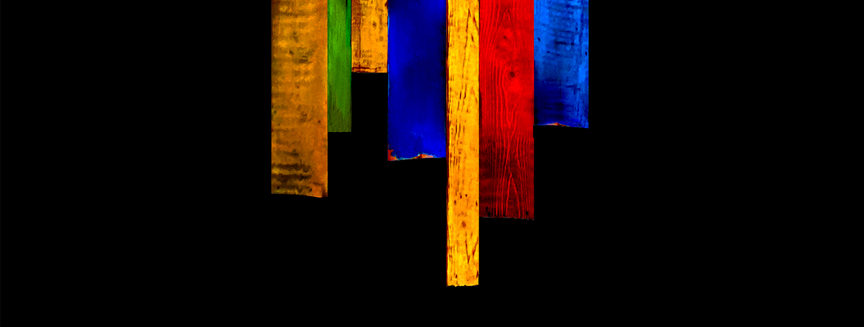

WRITTEN & SHOT ON iPHONE BY: STEVE HOLLOWAY
The evolution of digital technology, how film emulsions and grain became sensors and pixels, is interesting only because looking at how the first commercial digital images were created gives us some perspective on today’s digital universe. A different way to look at the endless APS-C vs full frame, mirrorless vs DSLR vs iPhone arguments. And a way to decide if iPhone’s camera has a place in your kit.
Includes assignment images captured using the first Olympus 4 and 5 megapixel CCD sensors and the larger Canon 6.3 megapixel CMOS sensor.

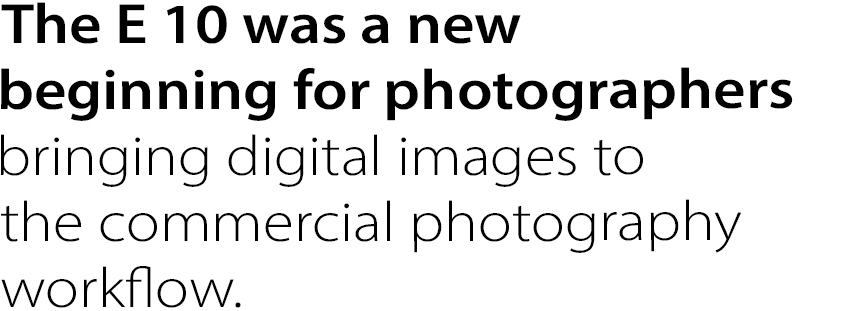
I started shooting the Olympus E 10 digital single lens reflex camera in 2001, just six months after the it hit the market. The E 10 was followed by the Olympus C 5050 with a 5 megapixel CCD sensor then the Canon EOS 10D with a 6.3 megapixel CMOS sensor.

BJORNS, NORTH STALL MALL BOOTS AND TRINITY BAPTIST CHURCH PHOTOGRAPHED FOR THE TAYLOR WEST BELDON ROOFING CAPABILITY BROCHURE / PHOTOGRAPHED WITH THE OLYMPUS E 10 / © STEVE HOLLOWAY
OLYMPUS E 10: Introduced in 2000, the Olympus E 10 became the first digital SLR widely adopted for commercial assignment work. With a 4 megapixel CCD image sensor the E 10 produced artifact-laden images full of digital noise and debris with harsh skin tones and lacking all of film’s finesse and smoothness in faces, eyes, arms and hands.
That didn’t matter.
Starting literally the day the E 10 became available, every ad agency, design firm and commercial account insisted on digital images.

The E 10 eliminated the time involved and cost of film, processing, color separations and proofs. It was faster and cost less.
And those images got used for everything from collateral material to full page magazine advertising to full size, outdoor billboards.
OLYMPUS C 5050: Next, in 2002, came the Olympus C 5050 with a 5 megapixel CCD image sensor. Not perfect but a larger file size and better image capture sped up post production turnaround.
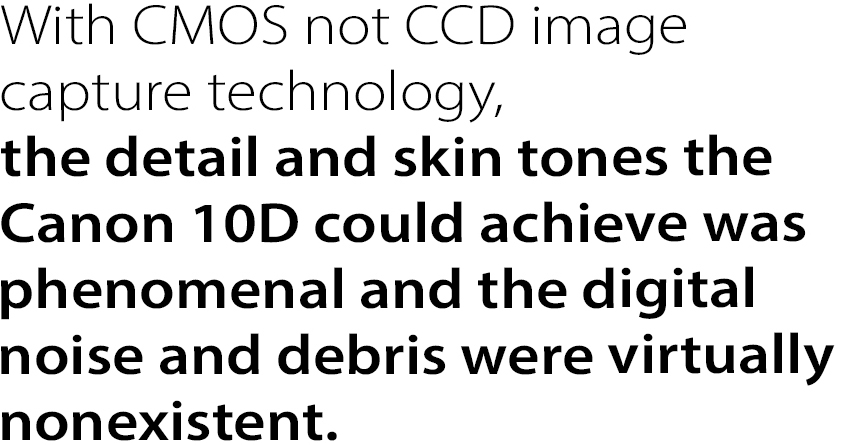
CANON 10D: Then, in 2003, Canon introduced a game changer. The EOS 10D with 6.3 megapixel CMOS image sensor.
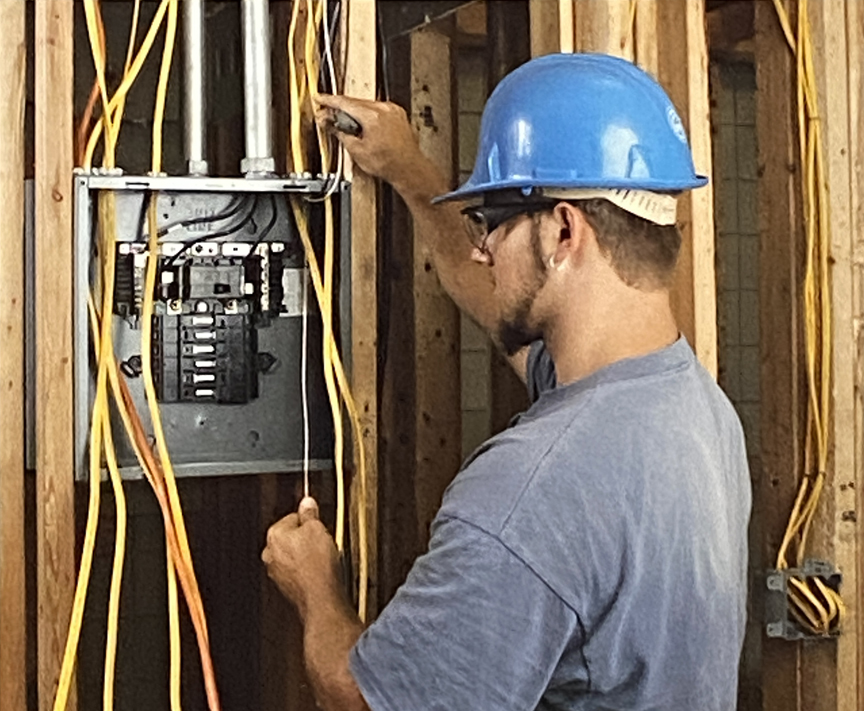
JOB CORPS OKLAHOMA / STUDENT RECRUITMENT MATERIALS / PHOTOGRAPHED WITH THE CANON EOS 10D / © STEVE HOLLOWAY
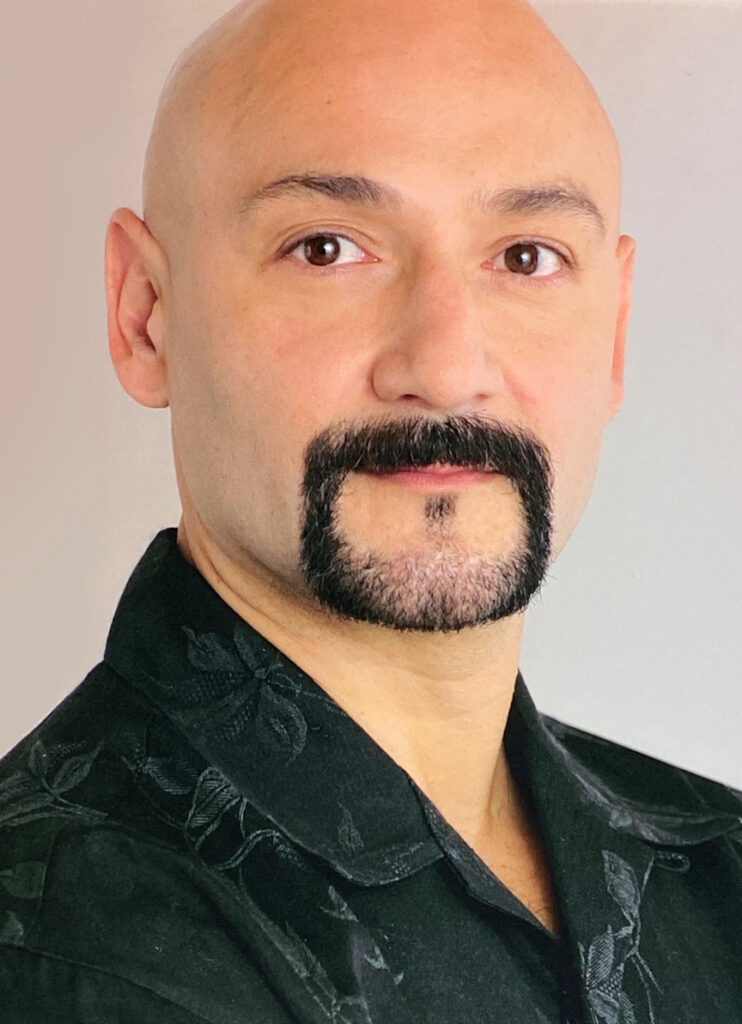
EDWARD / PHOTOGRAPHED WITH THE CANON EOS 10D / © STEVE HOLLOWAY
CANON 20D: Introduced in 2004, the EOS 20D upgraded to an 8.2 megapixel CMOS image sensor.
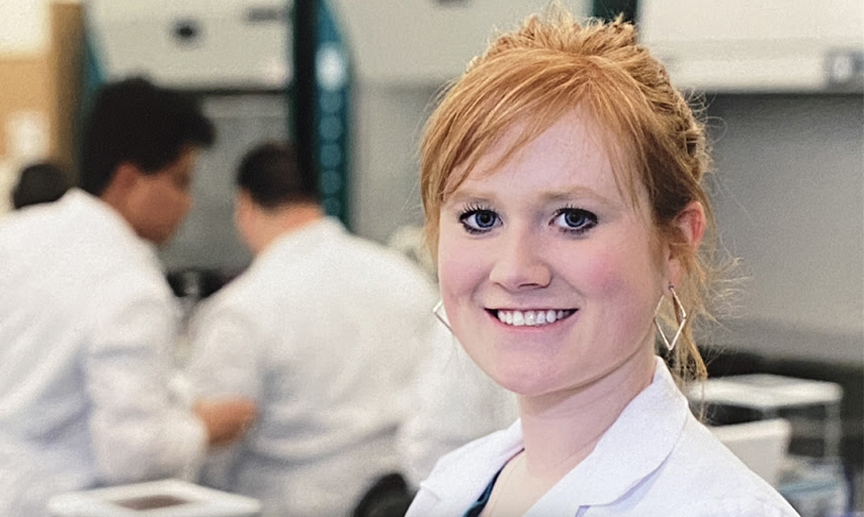
THE UNIVERSITY OF THE INCARNATE WORD FACE OF TEXAS CAMPAIGN / PHOTOGRAPHED WITH THE CANON EOS 20D / © STEVE HOLLOWAY
After the 10D, I upgraded to the Canon EOS 20D with 8.2 megapixel CMOS image sensor in 2004 then added a new EOS 7D with an 18 megapixel CMOS image sensor in 2010. I shot with the 7D and 20D until I retired in 2017.

iPhone is a virtual digital toolbox. A mirrorless still and video camera, a music and streaming video player, a post production image and video editor. It performs cloud backups seamlessly in the background, provides email and internet access, sends and receives text messages and voice and video calls and records voicemail.
Not that long ago, you would have needed a DSLR camera, a compact flash card, a card reader, a laptop, a desktop workstation, an Ethernet network connection, external backup hard drives, two or more post production software applications and a Walkman, DVD player, flip phone with voicemail and/or an answering machine.

Compare IPhone images to those first 4 megapixel CCD digital cameras. iPhone uses 12 & 48 megapixel CMOS sensors to produce large, detailed files. 34.9 MB JPEG files that make 300dpi, 10.08″ x 13.44″ prints straight out your phone! Straight out of your pocket! With AI resizing you can make prints as large as you want. And, since these are CMOS sensors, the images are almost effortless to work on in post production.
And, I know for a fact that, if the only digital cameras available today were iPhones, every agency, design firm and commercial account would insist on iPhone digital image capture. And the really skilled shooters would find ways to make images look extraordinary.

Includes creator perspectives in interviews with Annie Leibovitz and Grieg Fraser, the cinematographer behind (to name just a few) Zero Dark Thirty, Dune and The Batman. Plus how I moved from film to digital to iPhone.
Or watch the video Red Dragon or iPhone 12? where Tomorrow’s Filmmakers compare a $30,000 Red Dragon to an iPhone 12 by cutting scenes together from each but not identifying the image sources before hand. Then going on to show techniques to achieve different film effects. You be the judge, but, to my eye, the iPhone holds its own.

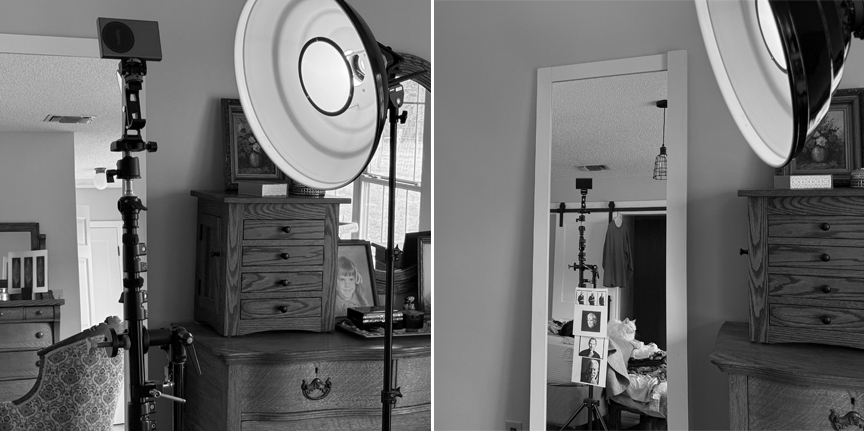
Self portrait. Shot on iPhone. Setup process images. © Steve Holloway
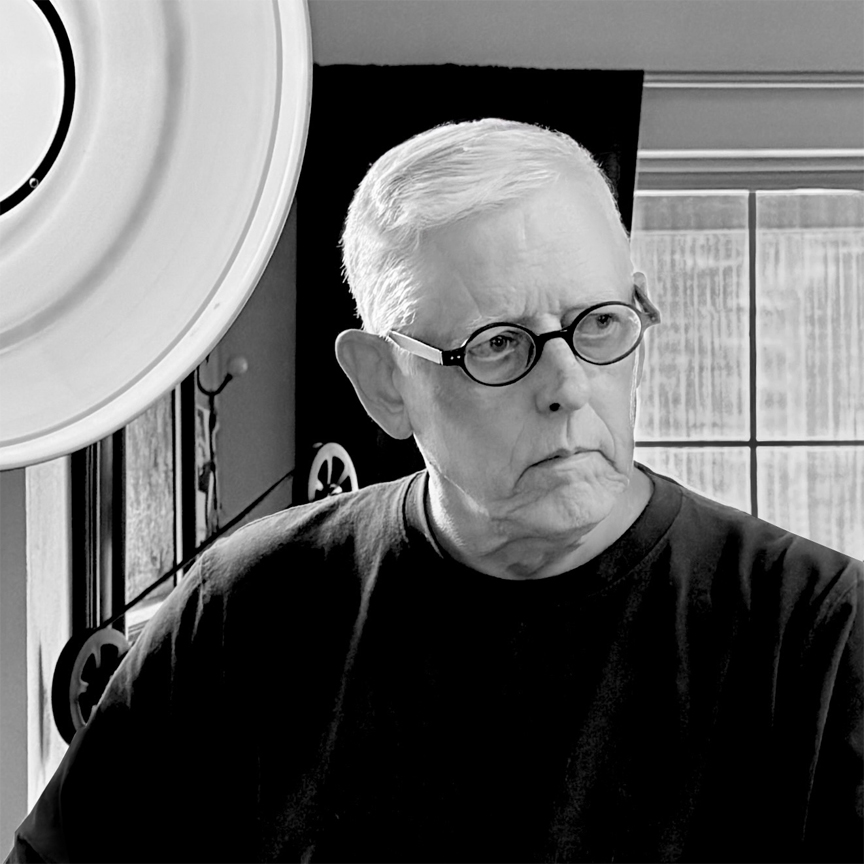
Self portrait. Shot on iPhone. © Steve Holloway
Setting up to shoot self portrait tributes to Andy Warhol, Richard Avedon and Vivian Maier.


Jump to any Point of View how to guide, process deep dive or a pre iPhone portfolio plus how influences shape the storytelling process and a memoir that looks at the story behind the stories and to Nonlinear Content galleries and stories.

Introduction
Become a storyteller
Technology
- 02A Digital evolution.
- 02B Annie Leibovitz.
- 02C From Batman to the iPhone.
- 02D Henri Cartier-Bresson’s Leica.
- 02E Moving from film to digital to iPhone.
- 02F The self portrait series.
- 02G iPhone camera rigging.

- 03A Working with light.
- 03B The scout.
- 03C Shooting during the golden hour.
- 03D Photographing people.
- 03E Details, shadows, shapes and textures.
- 03F Plate shots and reflections.
- 03G Feed your passions.
- 03H People and food, two favorites.
- 03I On the road.
- 03J Wall art (it’s not what you think).
- 03K Transitional images.
- 03L Night photography.

- 04B Assemblages and abstractions.
- 04C Change the composition of an image.
- 04D Color correction vs color grading.
- 04E Create motion with Live Photo.
- 04F Resize images and retain detail.
- 04G Software and skill building resources.
- 04H On device apps.
- 04I Offboard resources.

- 05A Two key iPhone features.
- 05B Camera and light kit ideas.
- 05C Copied on iPhone.
- 05D Learning post production.
- 05E Designing with type.
- 05F Learning from cinema.
- 05G The three lens solution.




